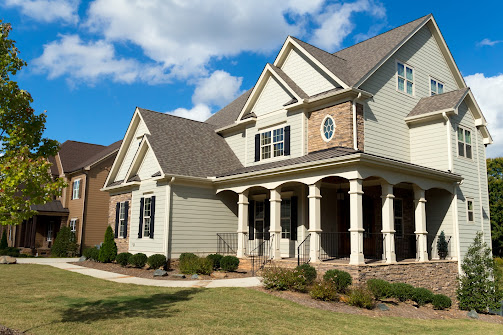As a home seller, you need every tool you can find to sell your home fast and at the best price possible. Attractive data about your home and its neighborhood can be one of these tools. Below are some of the specific ways data can help your home selling campaign.
Low Crime Rates
Many people consider security a critical factor when house hunting. Most people don’t want to live where criminals are likely to mug them when coming home from work or where they can easily lose their valuables when away for the weekend. Use your low crime rates to improve your neighborhood’s attractiveness. Some of the specific data you may quote include:
- The number of violent crimes per 100,000 people
- The declining crime trend in the recent years
- A comparison of the area’s low crime rates compared to other areas
You can get the data from your local police department. Many online resources, such as AreaVibes and NeighborhoodScout, also provide the data. Use the latest and accurate data for the best results.
High Property Appreciation
Many buyers also want to know whether their property is likely to depreciate or appreciate after purchase. A discerning buyer wants to know that they can sell their home at a price after a few years. The best way to provide such reassurance is to provide data on housing prices over the last few years. Cite accurate and actual numbers for the appreciation rates to get the best results.
High Walk Score
A walk score number represents the walkability of an area. Walkability is a measure of how friendly a neighborhood is for walking. A high walk score represents better walkability. Factors that determine the walk score include:
- Presence and quality of pedestrian walkways
- Traffic and road conditions
- Variety and proximity of amenities, such as schools and shopping centers
Walkability is a big deal to many homebuyers, especially the health-conscious ones. These homebuyers usually know that walking is good both for health and for the environment. Use your area’s walk score to attract such buyers to your property for sale.
Low Pollution Levels
Pollution exists in various forms. Examples include:
- Land pollution
- Noise pollution
- Light pollution
- Water pollution
- Air pollution
Different forms of pollution may affect the following:
- Your comfort
- Your health
- The environment
For example, living in an area with extreme air pollution may affect your cardiovascular health. Thus, health and environmentally conscious buyers will often gravitate towards neighborhoods with low pollution levels.
Again, you can use online resources to find out your neighborhood’s pollution levels. For example, epa.gov shows the air quality indices of various areas. Use the relevant air pollution index, if it represents low pollution levels, to market your home.
High Employment Rates
You can also use employment rates to increase your neighborhood’s attractiveness. For one, high employment rates often show a strong economy. Secondly, high employment rates attract job seekers or potential job seekers. Employment rates even affect properties’ resale prospects, which many buyers also care for.
The U.S. Bureau of Labor Statistics is a good source of employment rates for different areas of the country. Look for the Local Area Unemployment Statistics (LAUS) that shows both monthly and annual employment and unemployment statistics. Narrow down the data for your area as much as possible to improve its relevance for your neighborhood.
Selling a home, especially if you want the best price for it, is not easy. The task gets even more complicated for those without experience. Fortunately, you don’t have to do all the work alone. Charles L. Moles Real Estate LLC can do most of the work and help you sell your house. Contact us and rely on our skills and experience.




